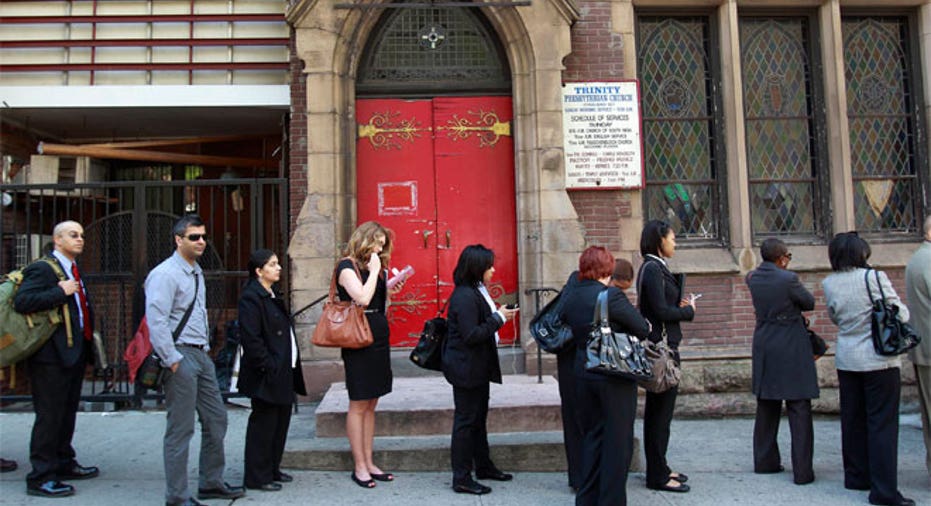Jobs Report Won't Slow Rate Hike Momentum

Momentum is growing for an interest rate hike by mid-2015 and the February jobs report due Friday will do nothing to alter that forward motion. The report is expected to show that the U.S. generated more than 200,000 jobs last month, the twelfth-consecutive month during which that milestone was achieved. The headline unemployment rate is forecast to have dropped slightly to 5.6% from its current 5.7%. In any case, the U.S. is creating more jobs than at any time since 1999 and the unemployment rate is at its lowest level since before the 2008 financial crisis. David Kelly, chief global strategist at J.P. Morgan Funds, noted that while a vocal group of skeptics has argued that the government's headline unemployment figure paints an overly optimistic picture of the U.S. employment landscape, "the truth is that multiple readings show the labor market is healing fast," he said. The skeptics say the current 5.7% unemployment rate masks a number of troubling factors, such as an historically low labor force participation rate and stagnant wages brought about by stubborn labor market "slack." In particular, the skeptics cite the prevalence of part-time and temporary jobs that have emerged to replace full-time jobs lost during the recent severe recession. They also point to the many thousands of discouraged Americans who have stopped looking for work altogether and who aren't counted in the government's survey of the unemployed. The Fed has hardly ignored these soft spots in the otherwise strengthening jobs market. Indeed, Fed Chair Janet Yellen has repeatedly pointed to labor market "slack" when justifying the Fed's cautious approach toward returning the U.S. to a normal monetary policy, or one that doesn't include Fed stimulus via monthly bond purchases or extremely low interest rates. But all signs seem to indicate that the Fed is preparing markets for a rate liftoff probably in July following its June meeting. Yellen and her colleagues have said again and again that the timing of a rate hike will depend on the results of broad array of economic data, and while the data hasn't been uniformly strong in recent months it's been strong enough to keep the Fed on its unofficial mid-2015 liftoff timetable. "All of this should help shape market perceptions of upcoming Fed actions," Kelly said. "In her testimony last week, Janet Yellen was quite clear that while current guidance by the Fed meant there would be no increase in interest rates for the next 'couple of meetings,' that guidance could be removed quite soon. This being the case, the Fed still looks on track to raise short-term rates three or four times this year, starting in the summer, with the federal funds rate potentially in a range of 1% to 1.25% by the end of the year." Kelly's forecast is in keeping with the broad guidance conveyed by Yellen and her policy-making colleagues on the Federal Open Market Committee. They have said for months that a rate hike is likely in mid-2015 and that rates will move higher "gradually" once the first hike is initiated. The Fed funds rate, or the short-term rate at which banks lend money to one another, has been held at 0%-0.25% since December of 2008 in an effort to spur lending and generate economic activity. Once rates move higher it will affect the costs of borrowing, making it more expensive to buy cars and homes, and increasing the costs of businesses to expand and invest in improvements. For these reasons, the Fed has taken a cautious -- some say too cautious -- approach toward raising rates. All eyes will once again be on hourly wage growth when Friday's report is released by the Labor Department. January's jobs report showed a sharp positive rebound in wage growth from December, when wages actually declined slightly. Despite all the new jobs, wages haven't risen accordingly. Consequently, inflation has remained well-below the Fed's 2% annual target rate. But Yellen and her colleagues have expressed confidence that wages will follow suit with the strengthening jobs market and start pushing inflation to a healthier level, likely by the end of 2015. In short, it would take an abysmal February jobs report to disrupt the Fed's apparent timing and that's not likely to happen on Friday.